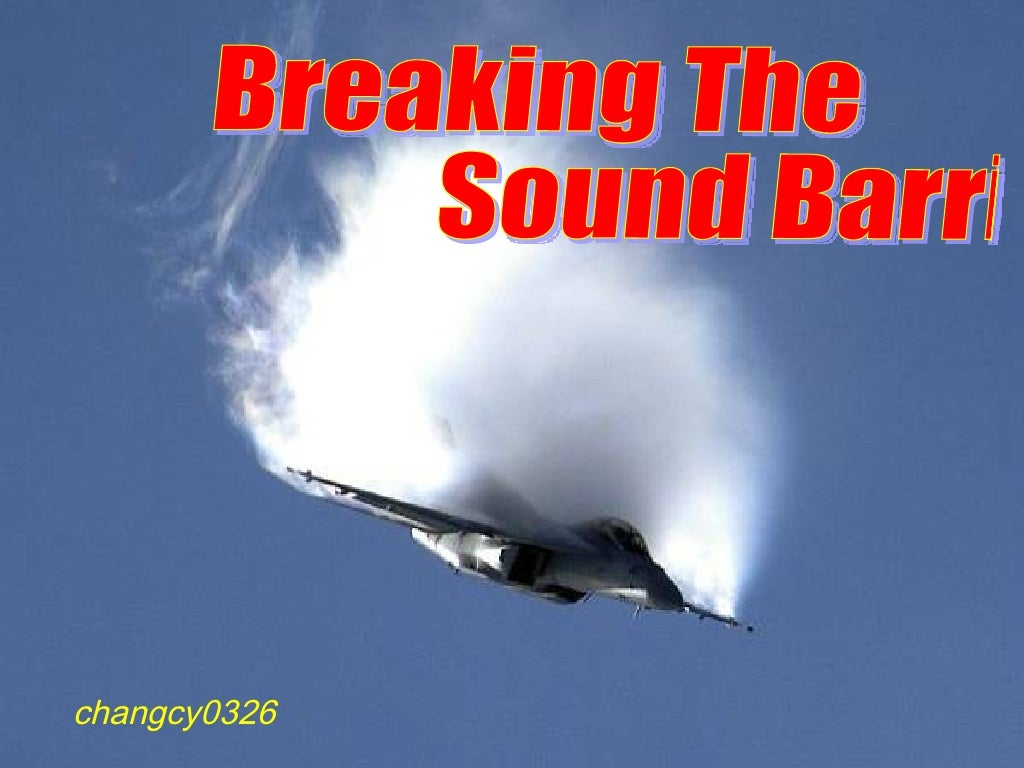

Developed for reconnaissance missions by Lockheed, the planes were designed to cruise at Mach 3.2 at altitudes up to 85,000 feet. military during the late 1950s, is considered the fastest turbo jet powered plane. The SR-71 Blackbird, which was developed in secrecy for the U.S. According to NASA, the event was so significant that the fact that Mach 1 had been exceeded was declared "top secret." The government didn't acknowledge the feat until reports were leaked to the press. "Chuck" Yeager became the first to break the sound barrier while flying the Bell XS-1. On October 14, 1947, Air Force Captain Charles E. Here are a few other Mach-breaking machines. "It developed a mythology that there was a sound barrier that caused airplanes to crash when they approached the speed of sound."īut though the Concorde was retired for economic reasons, Coen said he thinks there might be a day in the far future when supersonic travel goes commercial again.īut the Concorde has had some supersonic company. "There were a lot of near crashes and incidents associated with flying near the speed of sound," he said. The Myth of the 'Sound Barrier'Īs pilots approached the speed of sound (which varies depending on the type of medium and the temperature of the medium), they would encounter control issues, he said. The hype surrounding Mach speeds and breaking the "sound barrier" started in the lead-up to and during World War II, said Peter Coen, principal investigator of the Supersonics Project at NASA's Langley Research Center. At Mach 2, everyone applauds again," he said.


As soon as it turns Mach 1, everyone applauds. "Everyone's eyes are glued to the Mach meter.


 0 kommentar(er)
0 kommentar(er)
